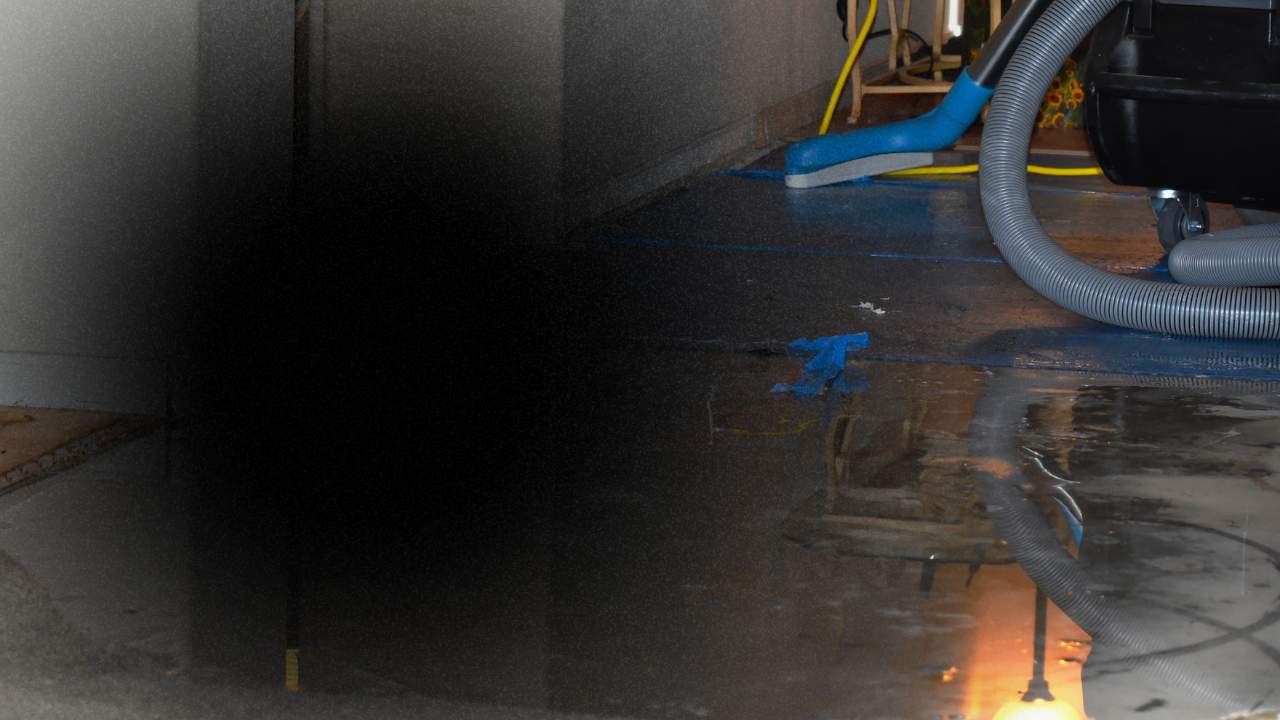Water damage can wreak havoc on your property, especially in humid climates like Baton Rouge. Homeowners often find themselves overwhelmed by the aftermath of flooding, leaks, or even a burst pipe. The damage can be not only structural but also affect your personal belongings, leading to costly repairs and emotional distress. If you’re facing the challenge of material restoration from water damage in Baton Rouge, understanding the process is crucial.
In this guide, we’ll explore the essential steps for restoring your materials effectively and efficiently. From identifying the type of water damage to choosing the right restoration methods, we’ll provide you with the knowledge you need to mitigate losses and restore your home to its former glory. Whether you’re dealing with hardwood floors, drywall, or personal items, having a solid plan can save you time and money while ensuring that your living space remains safe and comfortable. Let’s dive into the essential information you need for successful material restoration from water damage in Baton Rouge!
0 best material restoration from water damage in baton rouge
Understanding Water Damage Types
Before jumping into restoration, it’s vital to understand the type of water damage you are dealing with. Water damage is generally categorized into three types: clean water, gray water, and black water. Clean water comes from a clean source, like a broken pipe. Gray water is slightly contaminated, often from appliances like dishwashers. Black water is heavily contaminated and poses health risks, coming from sewage or floodwaters. Knowing the type of water damage will guide your restoration efforts and safety precautions.
Immediate Steps for Material Restoration
When faced with water damage, immediate action is crucial. Start by ensuring safety: turn off electricity and gas to avoid hazards. Next, remove any standing water if it’s safe to do so using pumps or wet vacuums. Dry out the affected areas using fans and dehumidifiers to prevent mold growth, which can start within 24-48 hours. For porous materials like carpets and upholstery, professional cleaning may be necessary, as they can harbor bacteria and odors.
Long-term Restoration Strategies
Once the immediate threat is addressed, focus on long-term restoration strategies. Inspect all materials for signs of damage. For wood, check for warping or cracking. Drywall may need to be replaced if it has absorbed too much water or shows signs of mold. Consider using moisture-resistant materials for repairs to prevent future issues. Additionally, consult with a restoration professional who can provide expert advice on salvageable items and necessary repairs.
Preventative Measures
After restoring your property, taking preventative measures can help avoid future water damage. Regularly inspect your plumbing and roof for leaks, and consider installing sump pumps or drainage systems if your area is prone to flooding. Educate yourself on the signs of water damage, such as stains or dampness, so you can act quickly if issues arise again.
In conclusion, material restoration from water damage in Baton Rouge requires prompt action and informed decisions. By understanding the types of water damage, taking immediate action, and employing long-term strategies, you can effectively restore your home and protect your investment. Always consider consulting with professionals for the best results and peace of mind.

